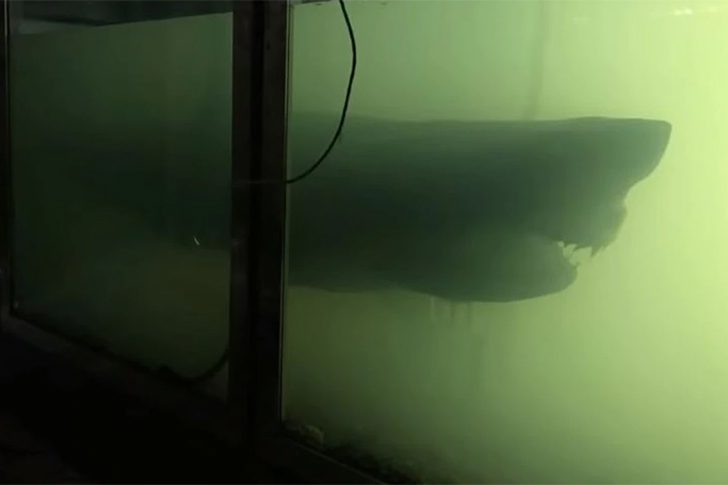Discover the mysterious depths of the Earth’s vast reservoirs and the dangerous creatures that lurk there
The Great Shark That Will Always Live Among Us
If you do not want to see sharks up close and personal, visiting Rosie will allow you to get close to one safely. She is a white shark preserved in a glass tank at the Crystal World Exhibition Center. She was killed in 1998 after being caught in fishing nets belonging to the Lukin family.

The 213-foot shark lays in a huge tank filled with formaldehyde that keeps her body solid in a close to perfect state. Before deciding to preserve the body, Rosie was once a murder suspect after a woman in Australia went missing. She was, however, cleared of the charges.
You must be logged in to post a comment Login